Apple announces OS X Mavericks with Finder tabs, tags, and true multiple display support
Apple on Monday unveiled Mavericks, the start of the next 10 years of its Mac OS X operating system, with a naming switch from breeds of cat to California locales. It will launch this fall on the Mac App Store
Craig Federighi, head of OS X development for Apple, unveiled OS X 10.9 Mavericks at the Worldwide Developers Conference 2013 keynote. He highlighted three key features found in the forthcoming operating system update: new tabs in Finder, the ability to tag individual files, and enhanced support for multiple displays.Mavericks will have more than 200 new features, key among them a tabbed interface in Finder, file tagging, enhanced multi-display support, and improvements to system speed and performance.
In one example, Federighi labeled a file with multiple tags such as "Important," "In Review," and "Website." On the left side of Finder, color-coded tags are viewable, allowing users to more quickly locate files associated with each tag.
"The Mac has consistently outpaced the PC industry and OS X continues to be the most innovative and easy to use operating system in the world," said Federighi, Apple’s senior vice president of Software Engineering.
OS X Mavericks is our best version yet and features new Maps and iBooks apps, Finder Tags and Tabs, enhanced multi-display support, performance and energy saving features, and an all new Safari."
With multiple display support, users will be able to access the menu bar and dock separately on each display. In one demonstration, Federighi loaded different full-screen applications on each of two displays.
Mission Control has also been "supercharged" for multiple displays, he said. In one demonstration, a full-screen application was dragged across displays to a second screen.
Mavericks also adds support for Apple TV, making it a full-powered OS X display. Users can view their menu bar, dock, and launch new applications on their television set.
Another new feature announced by Apple is dubbed "Timer Coalescing." It allows CPU activity to be reduced by up to 72 percent in certain situations.
Enhanced "Compressed Memory" functionality will rapidly compress the inactive memory, freeing up space "almost instantaneously" to available applications, Federighi said.
Safari has also been updated with a new starting page, and a sidebar with quick access to bookmarks, Reading List, and shared links. The browser also comes with "big improvements" to performance, including Javascript, Federighi said.
The new Safari offers a JSBench score 3.8 times better than Firefox, and also more than doubling the performance of Google's Chrome. And Safari will use less memory and energy and its competition.
Another new feature called "AppNow" will reduce power usage on tasks that are hidden in the background. In one example, an iTunes window was dragged in front of an active Safari browser, and Federighi demonstrated how CPU usage was drastically reduced.
And interactive Notifications will allow users to reply to a message, respond to a FaceTime call or even delete an e=mail without leaving the app being used. Websites can now use notifications to keep users up to date on the latest news, scores and other information. While You Were Away Notifications make sure users see what happened while your Mac was asleep.
Kicking off Monday's presentation, Apple Chief Executive Tim Cook revealed that Apple now has a Mac install base of 72 million users. Sales of the Mac are up 100 percent over the last 5 years, PC is up just 18 percent.
"It's never been about making the most," Cook said. "We care much more than the Mac is number one in customer sat and quality."
To date, Apple has shipped 28 million copies of its current OS X operating system, Mountain Lion, making it the best selling release of all time.
Currently, 35 percent of users are using Mountain Lion. Windows 8 is "struggling to get to 5," Cook said.
 AppleInsider Staff
AppleInsider Staff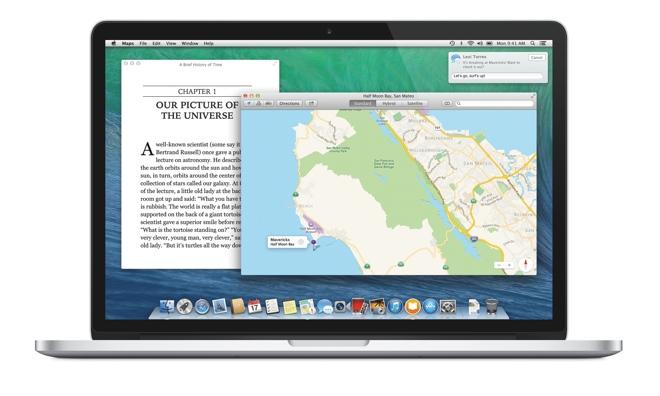
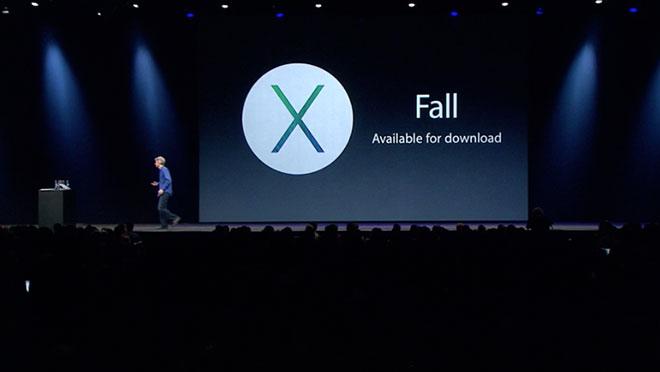
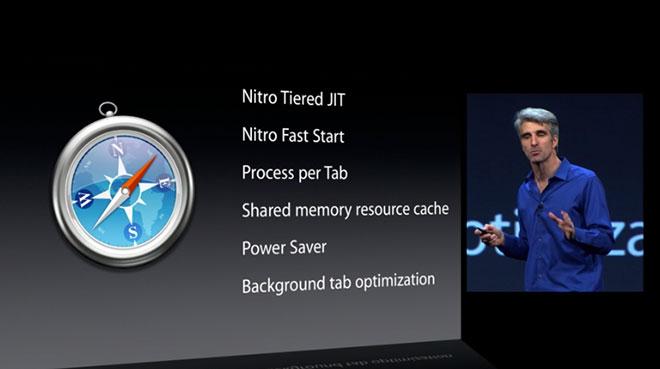
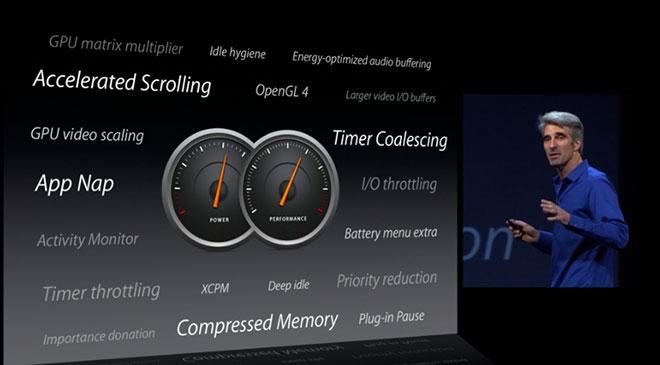
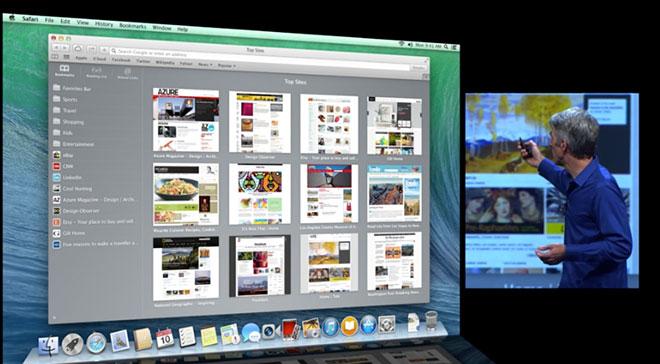












 Mike Wuerthele
Mike Wuerthele

 Malcolm Owen
Malcolm Owen
 Chip Loder
Chip Loder

 William Gallagher
William Gallagher
 Christine McKee
Christine McKee
 Michael Stroup
Michael Stroup







